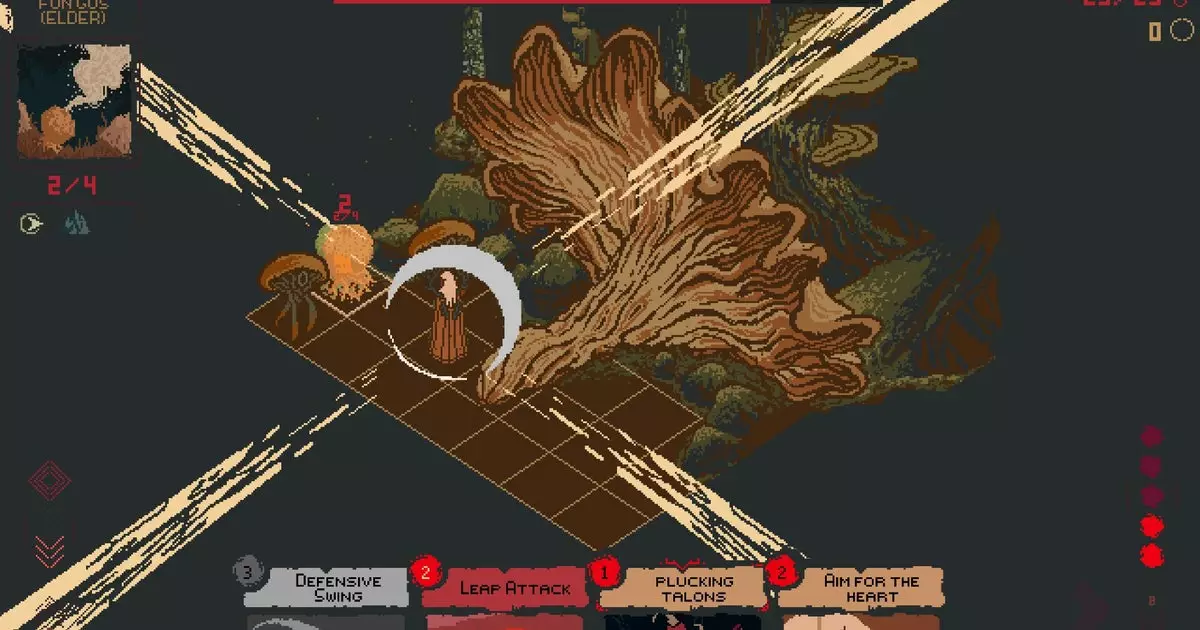The gaming landscape continues to evolve, with innovative concepts emerging from unlikely collaborations. One such partnership is between the Danish development team The Outer Zone and the critically acclaimed 11-bit studios, known for their work on Frostpunk. Their upcoming project, Death Howl, stands out as a haunting blend of genres—including soulslike elements and deck-building mechanics. Set against a backdrop inspired by stone-age Nordic mythology, Death Howl beckons players into a world steeped in loss, supernatural battles, and elemental storytelling.
At the core of Death Howl is the poignant story of Ro, a mother whose son has been taken by death itself. As players traverse this somber realm, they will seek to reclaim what has been lost while engaging in turn-based combat with a host of grotesque entities. The creatures in Ro’s path span from disembodied raven heads to nightmarish bubbles that seem to represent primal fears. The creators have designed a narrative that centers on themes of love and loss, promising to explore significant human experience through the lens of gameplay. However, while engaging with such a universal theme seems ambitious, it raises questions about the balance between profound storytelling and delivering a compelling gaming experience.
The gameplay mechanics of Death Howl incorporate deck-building elements that are central to strategy. Each biome, with enthralling names like “the Forest of Howling Shadows,” is replete with unique cards and mechanics that adapt to the realm’s atmosphere. Players can enhance their decks using shamanic totems, adding layers of strategy to combat. As players progress through the game, they will uncover Ro’s backstory while simultaneously creating customized decks that respond to encounters with various enemies. The integration of narrative and gameplay provides an opportunity to deepen the overall experience, allowing players to shape their journey in an impactful way.
Interestingly, the developing team claims that new cards will not merely serve as tactical options but also as vessels of storytelling. This fusion between gameplay and narrative could drive immersion, although it remains to be seen whether this approach can consistently resonate with players throughout their adventure. The notion that each card signifies progress within Ro’s personal journey could either enrich the player’s emotional engagement or risk feeling overwrought, depending on execution.
Visually, Death Howl embraces a striking pixel art aesthetic that artfully conveys the game’s tone. With references to organic decay, the visuals provoke contemplation about life, loss, and the ethereal. This design decision may resonate with players seeking a distinct experience that diverges from more conventional graphical choices. The evocative style invites speculation on the themes

